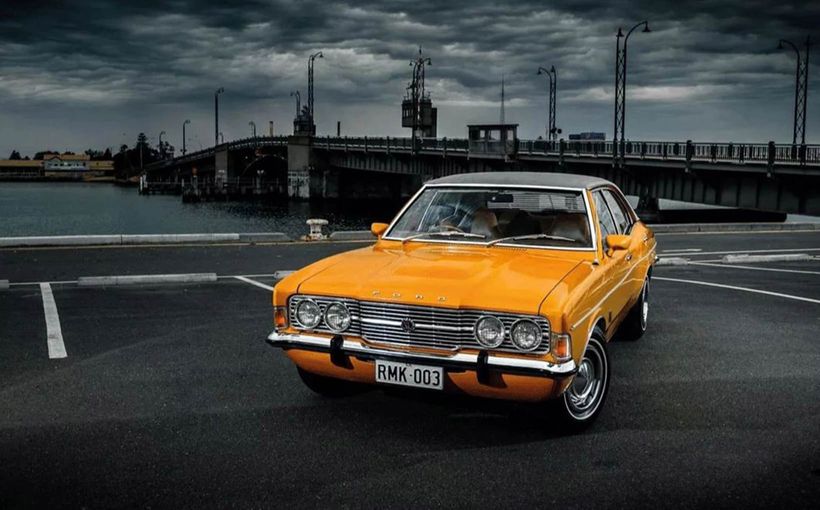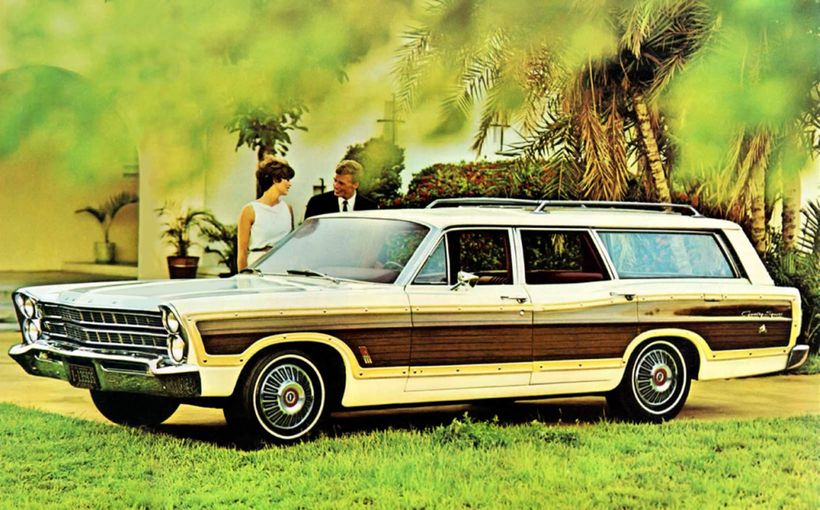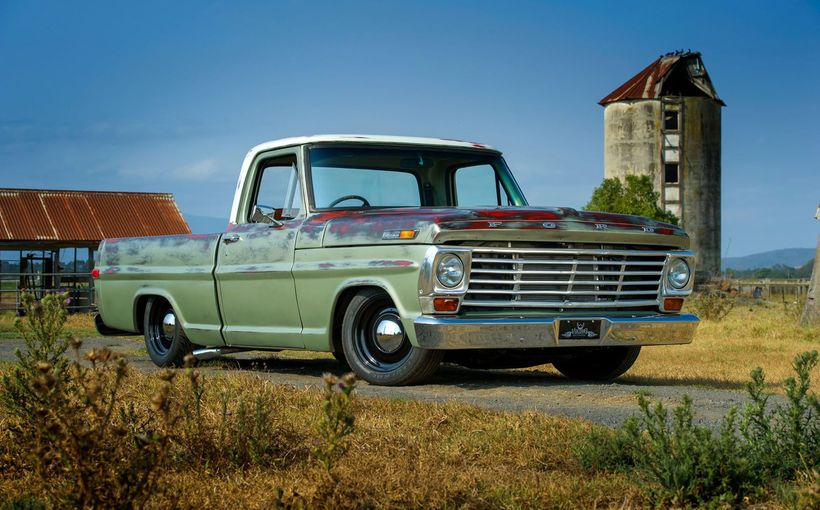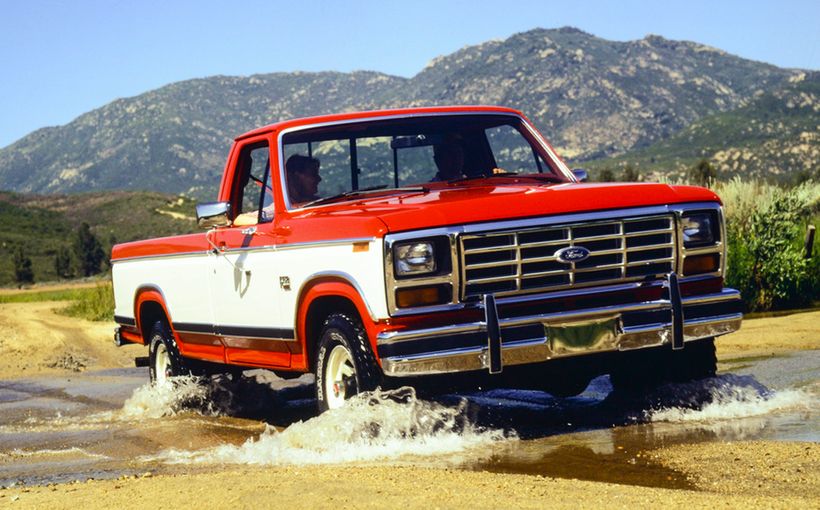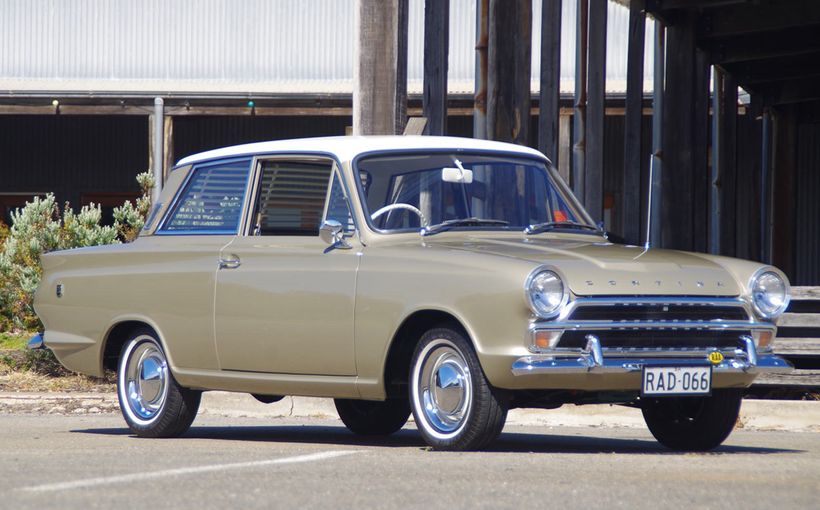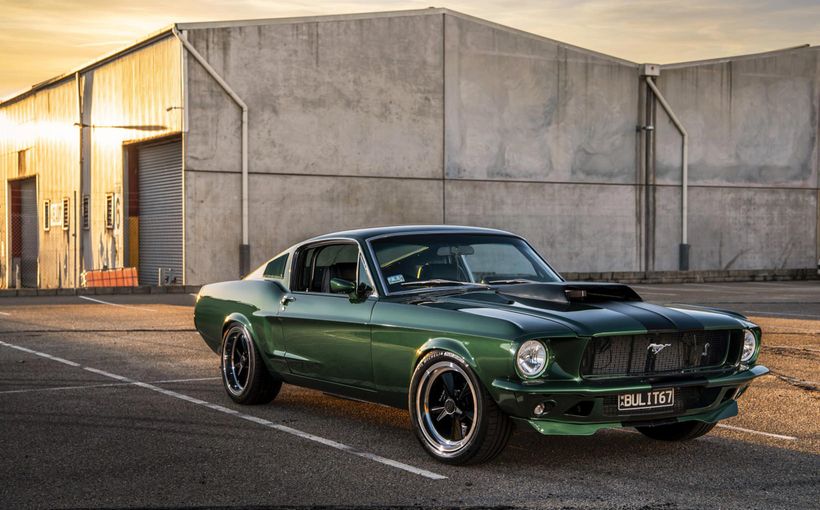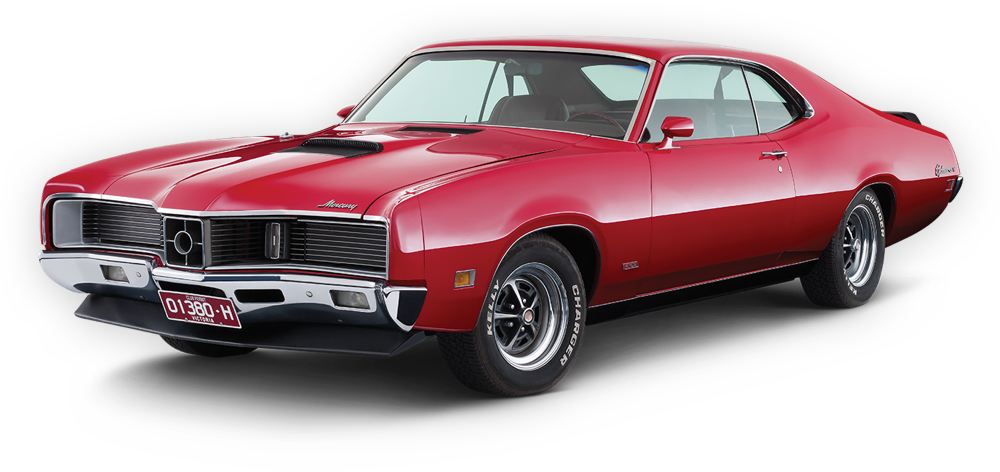NEWS of Ford's first-ever Raptor-badged Ranger pick-up sent shockwaves through the industry when it was announced in Thailand back in February.
However, those off-road enthusiasts wanting three-row seating and a closed canopy were left wondering “is it possible that Ford will do an Everest Raptor?”
While not quite the fully fledged, hardcore version some of us were hoping for, Ford will at least give its Everest large SUV extra pep in its step thanks to Raptor power in an update due later this year.

That's right, the new Everest is available with the Ranger Raptor's beefy 157kW/500Nm 2.0-litre twin-turbo diesel engine!
The upgraded engine also comes paired with Ford's new 10-speed automatic transmission just like the flagship Ranger, but the bad news is that powertrain combination will be restricted to only the two top-tier Everests – Trend and Titanium grades.
In the former, the drivetrain is available as an option and could mirror its standard Ranger siblings that were announced earlier with the choice of the Raptor powertrain for an additional $1200.

In top-spec Titanium guise though, the 2.0-litre engine will replace the existing 147kW/470Nm 3.2-litre five-cylinder diesel and six-speed torque converter automatic that is carrying over for the rest of the Everest range.
While the new engine will no doubt grab headlines, it is actually the new 10-speed automatic that might make the biggest difference to the Everest, lowering fuel consumption to as low as 6.9 litres per 100km.
Granted that figure only applies to the rear-drive Everest Trend, but the substantial saving of 1.5L/100km could still translate to tangible real world gains. Note that heavier all-paw versions will probably see less of a fuel consumption saving.

But wait, there's more! The new Everest range will also wear a slightly redesigned front fascia thanks to a fresh grille and high-intensity discharge (HID) headlights for Trend grades and up.
New-look 20-inch hoops – that's wheels for traditionalists – also feature in the flagship Titanium, while Ford's pre-collision assist with autonomous emergency braking (AEB) will be standard on the two top variants.
For those on a budget though, a reversing camera, rear parking sensors, keyless entry and push-button start are still included as standard across the board.

Inside, Ford's 8.0-inch Sync3 touchscreen infotainment system is also included and comes with Apple CarPlay and Android Auto compatibility, as well as satellite navigation for those wanting to wander off the beaten path without getting lost.
What the Everest doesn't get though, is the Ranger Raptor's bespoke off-road enhancements to make it an even higher achiever when the road gets rough.
Upgrades such as Fox Shox suspension, a widened track, strengthened underbody protection, increased ground clearance and road-dominating widebody will exclusively be relegated to the Ranger Raptor.

At present, the Ranger Raptor and top-shelf Everest Titanium share the same cost of $74,990 before on-roads, meaning Ford's new flagship seven-seater could easily outprice its related top-spec pick-up sibling.
Astute readers will note however that this is not the first – or likely the last – time Ford has served up a spicy SUV.
Back in 2008, the Aussie-built Territory large SUV was fortunate enough be the only high-rider to receive the go-fast Ford Performance Vehicles (FPV) treatment.

Dubbed the F6X, the lads at FPV shoehorned a turbocharged 4.0-litre inline six-cylinder petrol engine into the SUVs bonnet, good for 270kW of power and 550Nm of torque.
With drive sent to all four wheels via a ZF-sourced six-speed automatic transmission, the F6X could blitz the zero to 100km/h time in just 5.9 seconds.
Although the updated Everest with the Raptor’s 2.0-litre mill won’t reach the same performance levels as the F6X, at least Ford have given large SUV buyers a more powerful engine option.
Protect your Classic. Call Shannons Insurance on 13 46 46 to get a quote today.




